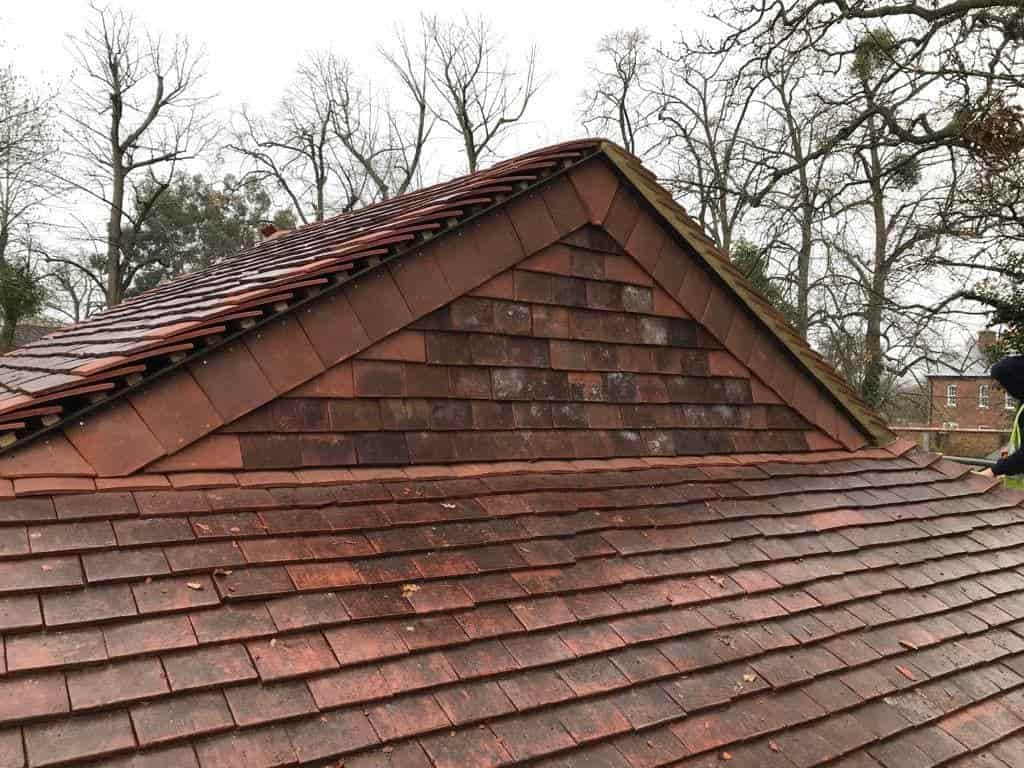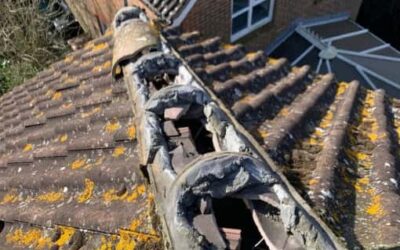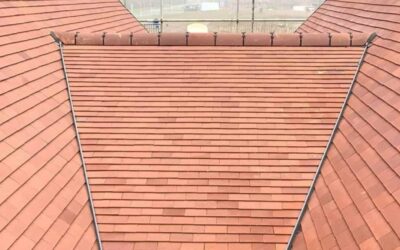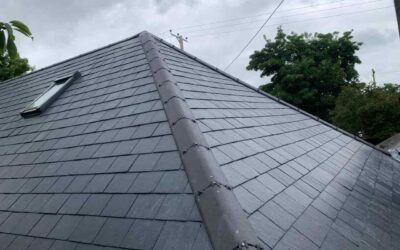Flat roofs are a common type of roof for an extension or garage. They are often used because they are easier and less expensive to install. However, some people would likely want to upgrade their flat roofs, given the numerous advantages of a pitched roof. This article will discuss the advantages, expenses, and practicality of converting a flat roof to a pitched roof.
Benefits of Converting from Flat to Pitched Roof
First, it’s essential to consider the reasoning for a flat-to-pitched conversion. Flat roofs are less expensive in the near term, but they are far more prone to leaks than their pitched counterparts. The standard slope of a flat roof is less than 1 degree (1:80 as a ratio). Water can drain off more efficiently, but as the materials deteriorate over time and the timbers naturally deflect, water may eventually pool on the roof.
As many owners of flat roofs are aware, they require significantly more roof repairs to stop leaks and much more frequent replacement. Flat roofs only last 30 years, even with excellent roofing materials and perfect construction. Due to their use of more durable materials and steeper slopes for water runoff, pitched roofs are better at withstanding water. As a result, it requires less upkeep and has a lifespan of more than 60 years for tiles and more than 80 years for slate. Additionally, they are more aesthetically pleasing than flat roofs, which could increase the value of your house.
Is the Flat-to-Pitched Conversion Possible?
The majority of the time, the response of expert roofers to this question is yes. If your entire commercial building has a flat roof, you may need planning permission, as many commercial structures, to convert it to a pitched roof. This is because the conversion will extend above the highest point of the current roof.
However, if you are only converting the flat roof on your house’s extension, then you, as the owner, are allowed to do so. Roofing contractors can add your pitched roof if it doesn’t cause your extension to exceed the 4m overall height limit for single-storey extensions. The roof materials match those on your current roof.
It’s a little more complicated when there are two stories added. Specific rules and conditions need to be adhered to. Including staying within the authorized height limit of 6m for double-story additions, ensuring the eaves aren’t higher than the home’s eaves and ensuring the roof’s pitch doesn’t exceed the pitch of your house’s primary roof (or 8m for detached houses).
How Much Will it Cost?
As you might expect, the price to convert a flat roof to a pitched roof primarily relies on the size of the roof. The cost will be significantly higher for homes with a flat roof since a larger area will require the addition of a pitch. Certain materials will also come with an additional cost, with genuine slate being the most pricey (but also the most durable) roofing material compared to clay or concrete tiles.
Contact Stamford Roofing Services for help and advice on how to proceed with your household projects. They are roofing experts who can identify the best practice moving forwards and provide a free consultation and quote that best suits your home’s type of roof and materials needed for the best possible outcome. Give us a call.



